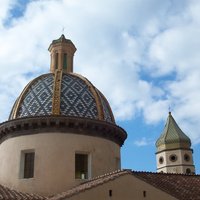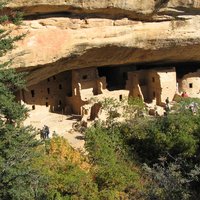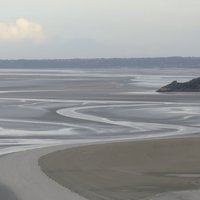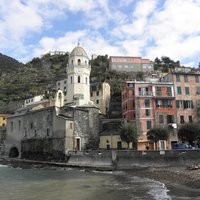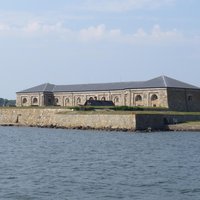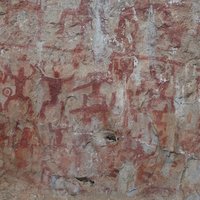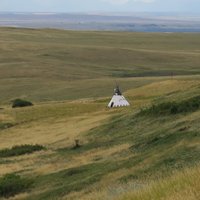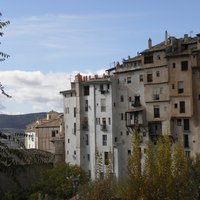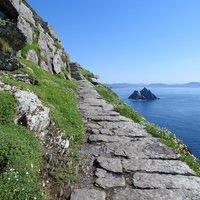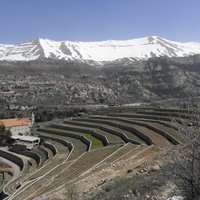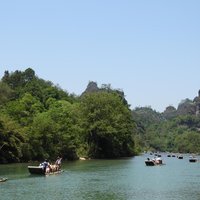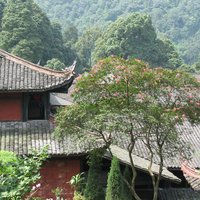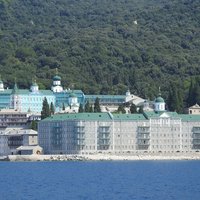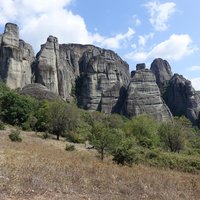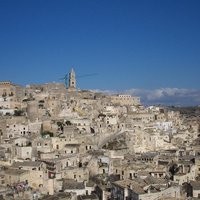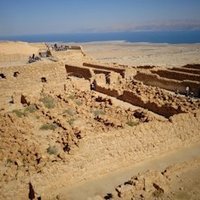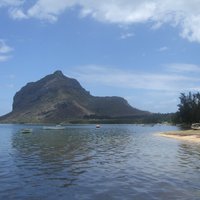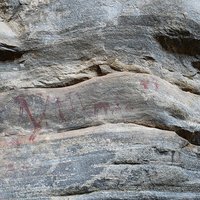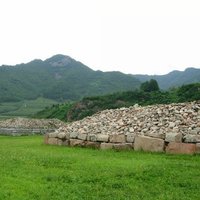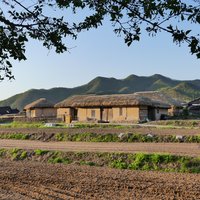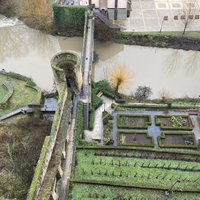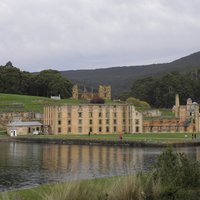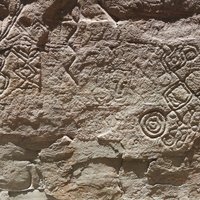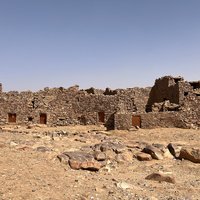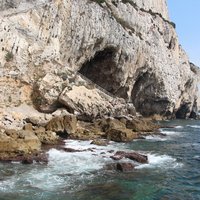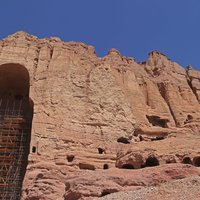Connected Sites
-
-
-
cliffs of Champeaux
-
Cinque Terre's villages are built along the cliffs
-
the Polhem dock, is cut in the cliff itself and is still in use
-
-
The large urban park where the Tower is situated used to be military zones and was "recovered by the City Council of A Coruña in order to create an extensive green zone. (...) The value of this reclaimed area's landscape is immense; a coastline of great natural beauty, with sheer cliffs dropping down to the sea, forming a never-ending display of inlets and headlands upon which the waves of the Atlantic crash." (Nomination file, p. 14) The lighthouses "that were erected on Atlantic shores were built on coastal cliffs in particularly dangerous areas in order to direct ships away from the shallows, which could threaten their wooden hulls." (Nomination file, p. 137)
-
-
-
72 cliff temples
-
"an early religious settlement deliberately sited on a pyramidal rock in the ocean" (OUV)
-
-
-
Hermitages
-
"eighteen wooden boat coffins in rock shelters high on the steep cliffs" (AB ev ICOMOS)
-
Le Shan Buddha built into the cliff
-
"Over 1,000 monks live there in communities or alone, as well as in the 'desert' of Karoulia where cells cling to the cliff face rising steeply above the sea." (AB ev)
-
-
-
-
-
The exact number of rock art sites in the Kondoa area is not yet known but it is estimated that there are between 150 and 450 decorated rock shelters, caves and overhanging cliff faces." (OUV)
-
"Geographical conditions were best used in the building of city walls, which reflected the architectual characteristics of the Koguryeo mountain city. The precipitous cliffs at the southeastern corner were used as the city walls. The seams were filled by stone tablets. Some of the other parts of the city walls were also built this way." - Nomination File
-
Hahoe and Yangdong "Gyeomamjeongsa Study Hall was built in 1567 by Ryu Ul-lyong. Set on the western end of the Buyongdae Cliff it is framed by pine forest, and has picturesque views out over the Hwacheon Stream to the hills beyond." "Wonjijeongsa Study Hall was built in 1576 by Ryu Seong-ryong on the edge of the river for his own study and for teaching. It consists of a study hall and an elevated square pavilion, from which there are views out across the river to the pine forests of Buyongdae Cliff and beyond to Mount Wonjisan."
See english.cha.go.kr
-
-
"The Bock is a promontory in the north-eastern corner of Luxembourg City's old historical district. Offering a natural fortification, its rocky cliffs tower above the River Alzette, which surrounds it on three sides."
See en.wikipedia.org
-
Nakhwaam Rock, The Cliff of Falling Flowers “Nakhwaam Cliff and spring sites in Busosanseong Fortress form the background to many legends related to the royal family of Baekje.” - Nomination File
-
-
"The property is located along the Bangucheon Stream on the south-eastern coast of the Korean Peninsula. It extends for approximately three kilometres along this meandering waterway, in a landscape of stratified cliffs. Within this specific setting, there are two rock panels with remarkable concentrations of petroglyphs namely, the Daegok-ri Petroglyphs and the Cheonjeon-ri Petroglyphs." - AB Evaluation
-
"right in the middle of the Talayotic period, (...) a new kind of hypogea emerged, dug into the top of coastal cliffs and the high canyon walls, forming large burial grounds. These are known as the Calascoves Type I hypogea." (Nomination file, p. 119) - Component C5: "The funeral spaces, hidden and removed from the settlements, are arranged around the ravine of Cala en Porter and especially on the coastal cliffs." (Nomination file, p. 145)
-
Ouadane is built into a cliff
-
-
Bamiyan Buddha built into the cliff

